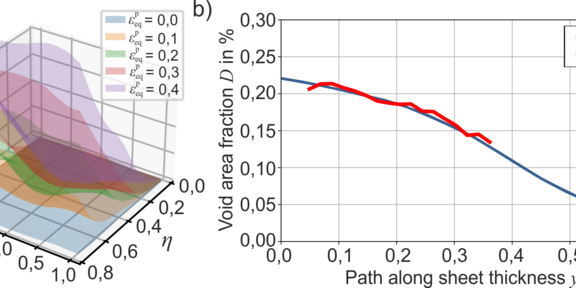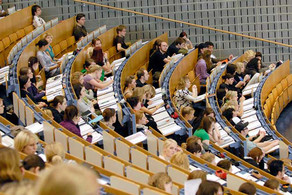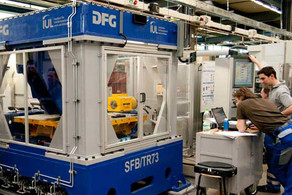Model Integration for Process Simulation
- Massivumformung
- Mechanik
- Technologieentwicklung
- Verbund- / Großprojekt

| Funding | German Research Foundation (DFG) |
| Project | SFB/TRR 188 • Subproject S01 |
| Contact | Jan Gerlach M. Sc. |
The CRC/TRR 188 aims at understanding and predicting the mechanisms of damage in order to optimally design forming processes. With regard to the product properties, an accurate prediction of the void fractions is essential. To this end, a model was developed that predicts the damage evolution based on experimental data rather than on assumptions, as it is common in constitutive material models. The experimental data used are measurements of void area fractions by scanning electron microscopy. Accompanying FE simulations are used to calculate the stress and strain states. Artificial neural networks are used to predict the damage evolution. For this purpose, the damage evolution is defined as a function of the loading state in terms of the plastic equivalent strain, the triaxiality, and the normalized lode parameter. The so-called damage locus represents the void fraction as a function of the loading state (see Figure a). The application for air bending provides qualitatively and quantitatively good results (see Figure b).







![[Translate to English:] [Translate to English:]](/storages/iul-mb/_processed_/0/f/csm_Forschung1_2880x640_patrick_7b98a9cf47.png)